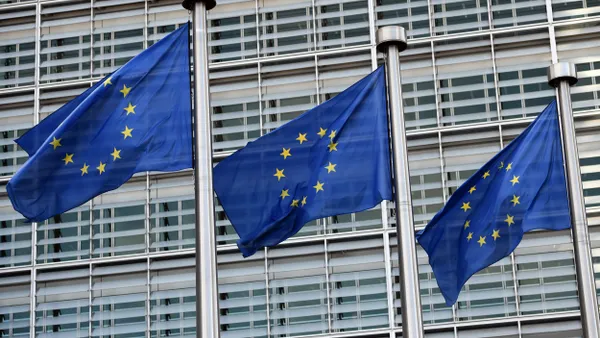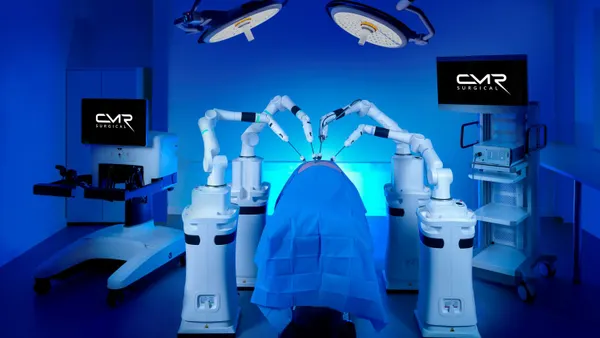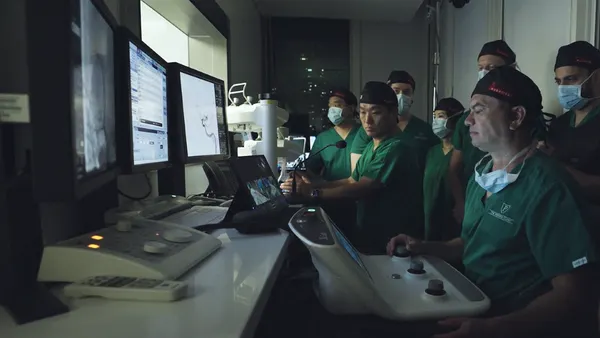Dive Brief:
-
Moody’s Investors Service expects revenues from cardiology technologies to outperform the wider medtech sector, thanks in part to rising sales of transcatheter aortic valve replacement (TAVR) devices.
-
The agency predicted the global market for transcatheter aortic heart valves will nearly double in the coming years, growing to more than $7 billion by 2024, writing in a Thursday note.
-
The forecast coincided with a more downbeat near-term prediction by analysts at Jefferies, who tracked "a sharp step down in December growth" of TAVR utilization based on hospital purchasing data. Shares of Edwards Lifesciences' was down about 5% for much of Thursday.
Dive Insight:
Cardiology has been a critical area for several big medical device companies in recent years, with Abbott benefiting from its dominance in the minimally invasive device treatment of mitral regurgitation field and Edwards aiming to become a $5 billion-a-year business on the back of its fast-growing TAVR franchise.
Moody’s expects those trends to continue to play out over the coming years, leading it to predict the cardiology market will grow at up to 7% annually over the next two to three years. To put that figure in context, Moody’s thinks the broader medical device market will achieve annual growth of 4% to 5% over the same period.
Not all cardiology categories will benefit. "Mature cardiology categories – including traditional pacemakers and stents – while sizable, have low growth and face pricing pressures," the Moody's report said. Having become "commoditized," Moody's expects those products to post "flattish" sales.
But the forecast reflects a belief that demand for devices used in minimally invasive heart procedures will continue to rise. Moody’s sees devices such as MitraClip and Boston Scientific’s Watchman line of products contributing to that trend but TAVR is the main driver.
Edwards, a big player in the TAVR space, expects the market to grow to $7 billion by 2024, a forecast Moody’s called “plausible.” The forecast is underpinned by the expectation that TAVR will be used to treat more low-risk patients going forward. That means Medtronic and Edwards, the market leaders, will be the main beneficiaries, but Moody’s also expects Abbott and Boston Scientific to grow sales.
The exposure of Medtronic and, in particular, Edwards to TAVR also comes with some risks. Moody’s points to the regulatory risk associated with the introduction of new products as a possible barrier to ongoing, above-market growth in cardiology.
There is also scope for TAVR sales to fail to live up to expectations for other reasons. Jefferies analysts shared data suggesting the market may face near-term turbulence on the same day their peers at Moody’s published their note. The Jefferies note presented data from its analysts’ effort to track TAVR at the hospital level.
"The model is showing a sharp step down in December growth (-2% to +3%) from October and November (+27-28%) leaving the full quarter at +21-23% U.S. growth," the analysts wrote. The fourth quarter growth implied by the model is well below the 25% to 26% expected by analysts.
However, it is unclear whether the data truly reflect a drop in TAVR growth. The Jefferies analysts highlighted reporting lags and the lack of centers that have just begun offering TAVR in the model as potential explanations for the slowing growth. The situation will become clearer when Edwards reports its results at the end of the month.












